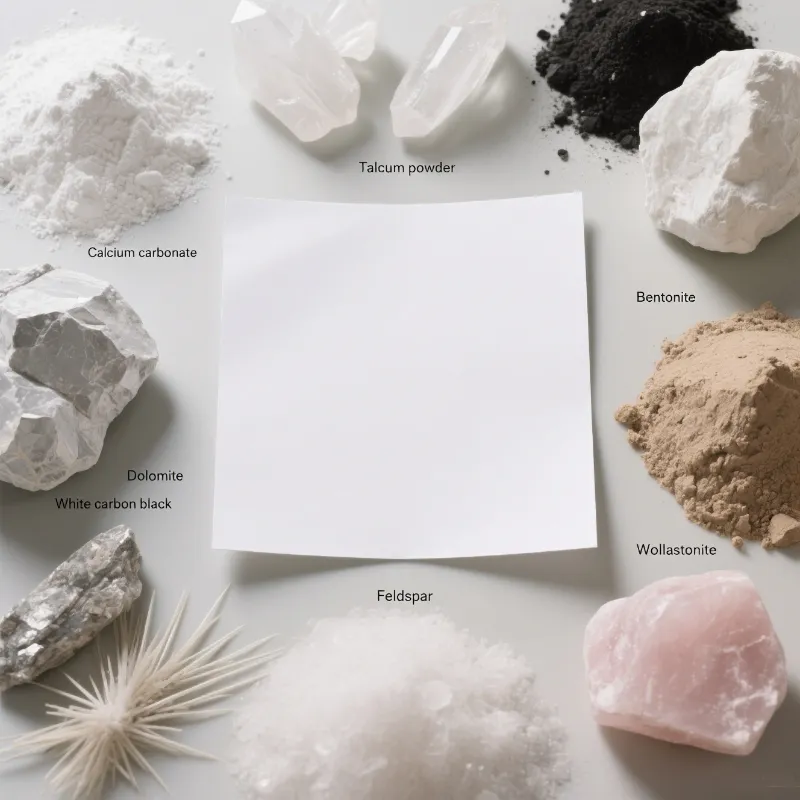Mineral fillers play a crucial role in the papermaking process, enhancing the quality, cost-efficiency, and environmental sustainability of paper products. By incorporating non-metallic minerals like calcium carbonate, kaolin clay, and talc, manufacturers can achieve improved paper brightness, opacity, and printability. These fillers not only reduce the cost of production but also contribute to the paper’s smoothness and strength. As the demand for higher-performance paper continues to grow, the use of mineral fillers have become increasingly important in driving innovation and meeting industry standards.
Classification of Mineral fillers
Kaolin
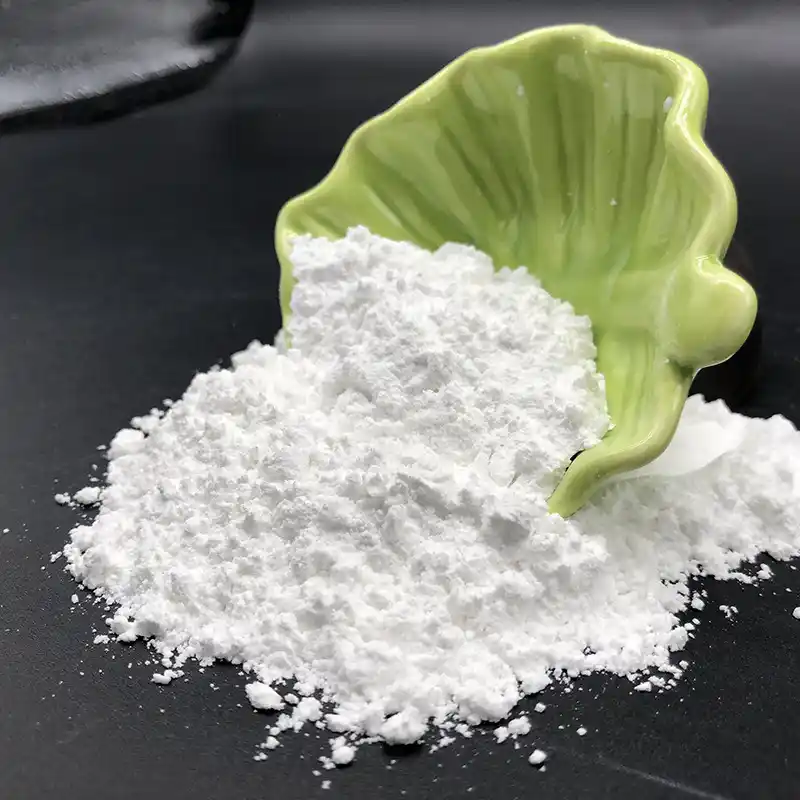
Kaolin is soft and has a high whiteness. In the papermaking industry, kaolin is chosen as a filler because it does not easily react with other additives in the pulp. It fills the gaps between wood fibers in the paper, allowing it to stay between the fibers. Additionally, kaolin has a small particle size and flows easily, ensuring the paper’s density and smoothness. Due to its low cost, high whiteness, and practical properties, kaolin is widely used as a filler. It is easy to process and disperse. Using kaolin makes the paper denser, reducing coating penetration. Kaolin is commonly used in super calendered paper.
Talc Powder
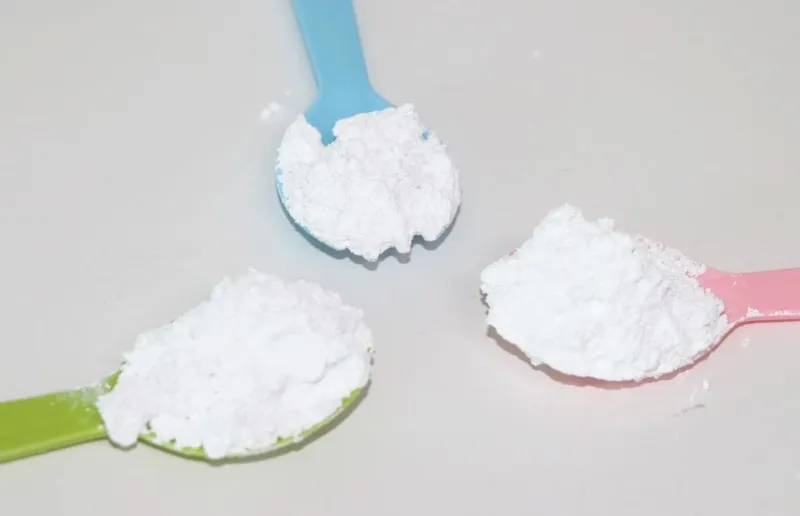
Talc has a high whiteness, high density, and high refractive index. It is chemically stable and suitable for acidic papermaking. It can also be used in neutral papermaking when combined with calcium carbonate (CaCO3). Talc has a low friction coefficient, reducing wear on paper machines and extending their lifespan. It also improves paper roll quality. Its layered structure helps retain talc in the paper, improving opacity, smoothness, and printability. Talc is used in rotary gravure printing, flexographic printing, and specialty coating papers.
Ground Calcium Carbonate (GCC)
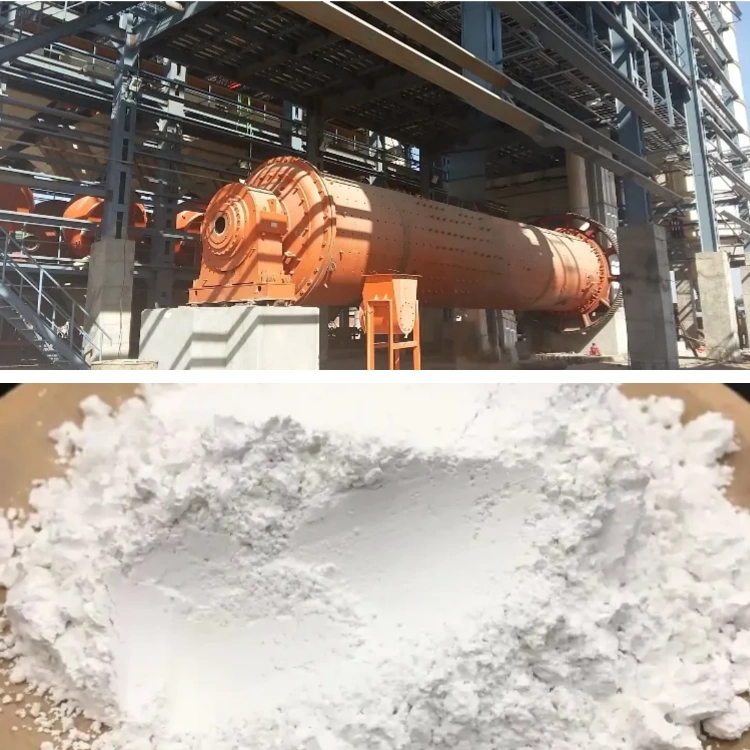
The main advantage of using GCC is its low cost, high brightness, and large ash content. It is easy to color, size, and more. GCC improves paper opacity, gloss, and ink absorption. GCC is commonly used in neutral and alkaline papermaking. As the papermaking industry shifts from acidic to neutral and alkaline processes, the demand for GCC is increasing. Alkaline papermaking is less damaging to paper machines and more beneficial for environmental protection and water conservation.
Precipitated Calcium Carbonate (PCC)
PCC is produced through chemical methods. Its structure differs from GCC. Using PCC results in better gloss and opacity for paper. It reduces the use of raw fibers, cuts paper machine wear and costs. PCC improves paper whiteness, printability, and lifespan. It can also be tailored to produce papers with specific properties.
Titanium Dioxide (TiO2)
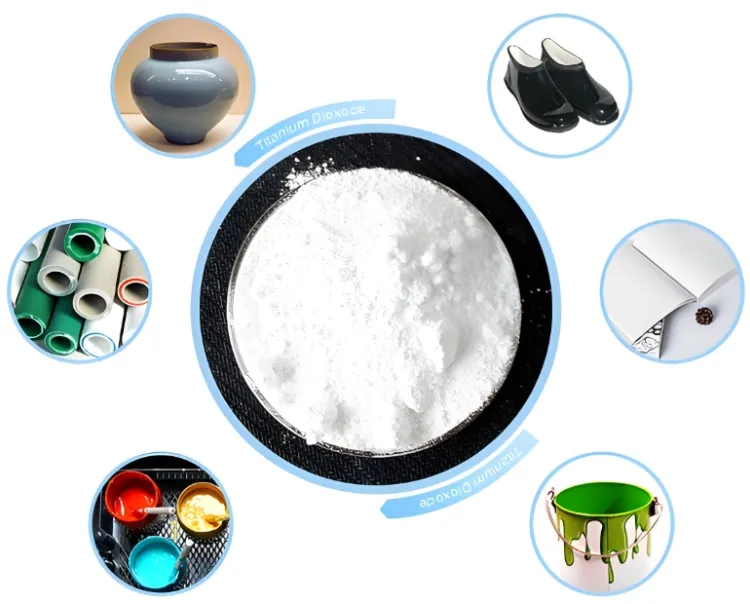
TiO2 is known for its high whiteness, refractive index, and opacity. It is a high-performance pigment, improving paper smoothness, uniformity, and oil absorption. TiO2 enhances paper opacity, brightness, physical properties, and softness. Rutile TiO2 is commonly selected for papermaking fillers.
Dolomite
Dolomite has a crystal structure similar to calcite. It is inexpensive, has good opacity, and is sometimes used as a substitute for GCC in paper filling. After wet grinding, it can improve paper performance and reduce costs by better utilizing resources.
White Carbon Black
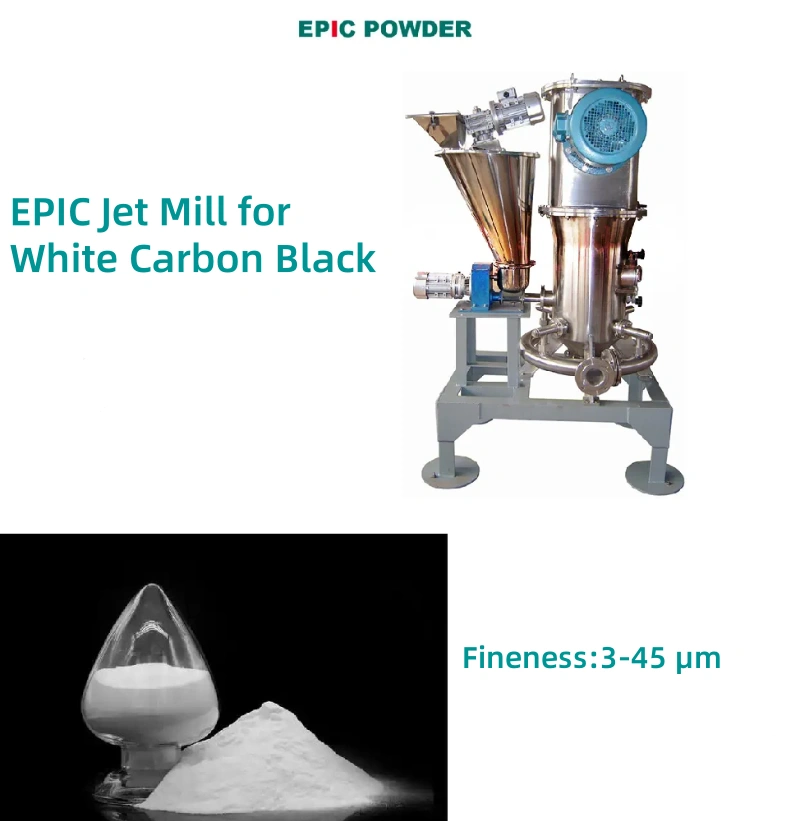
In recent years, white carbon black has become a major pigment for inkjet printing paper in China. Nanometer or sub-nanometer white carbon manufactured by the gas-phase method has higher purity, specific surface area, and adsorption properties. The consumption of high-quality white carbon for inkjet printing paper has been growing rapidly with the spread of digital imaging technologies.
Bentonite
Bentonite’s purification, modification, and whitening have expanded its use in the papermaking industry. Recent research has made significant progress in its applications as retention aids, filter aids, coating pigments, surface sizing agents, and control agents for paper viscosity and water treatment. Bentonite usage in the papermaking industry has grown rapidly, especially for micro-retention and filter aids, and for use in carbonless copy paper (acidic or active white clay). The technology for its use is well-established.
Zeolite
The main types of zeolite used in papermaking are clinoptilolite, mordenite, analcime, and phillipsite. Due to its high porosity, adsorption capacity, ion exchange ability, and antibacterial properties, zeolite is used in papermaking fillers, specialty coating materials, and water treatment agents. In printing paper, zeolite imparts high opacity and coverage. Zeolite’s chemical stability makes it suitable for both acidic and alkaline papermaking, though its higher wear value limits its use in high-speed paper machines.
Wollastonite
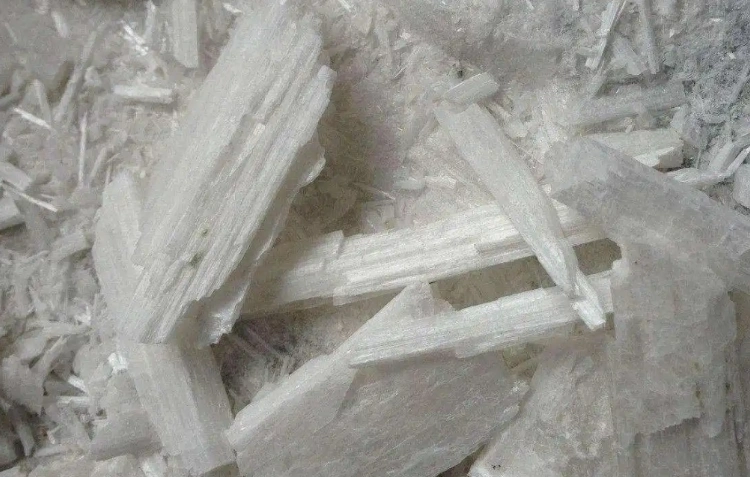
Wollastonite is a fibrous mineral with unique properties. After processing, the aspect ratio can reach 15 to 60. The modified wollastonite has increased flexibility and hydrophilicity, which can improve the affinity with plant fibers and the strength of the paper. Under the same paper strength, the amount of modified wollastonite added can be increased by 0.3 to 1.0 times compared with talc and GCC (heavy calcium carbonate) of the same fineness, and can significantly reduce pulp consumption. Modified wollastonite is suitable for acidic and alkaline papermaking. However, due to its high hardness and high abrasion value, its use in high-speed paper machines is subject to certain restrictions.
Gypsum
Gypsum fibers overcome the shortcomings of other mineral fibers, such as short length, fragility, low retention, and high hardness. It meets the requirements of high-speed paper machines. Gypsum has broad applications in printing and writing paper and paper coatings. Modified gypsum improves retention, paper strength, stiffness, and opacity when used in comparison with talc or calcium carbonate. When used in coating pigments, modified gypsum enhances paper stiffness, whiteness, and printability.
Vermiculite
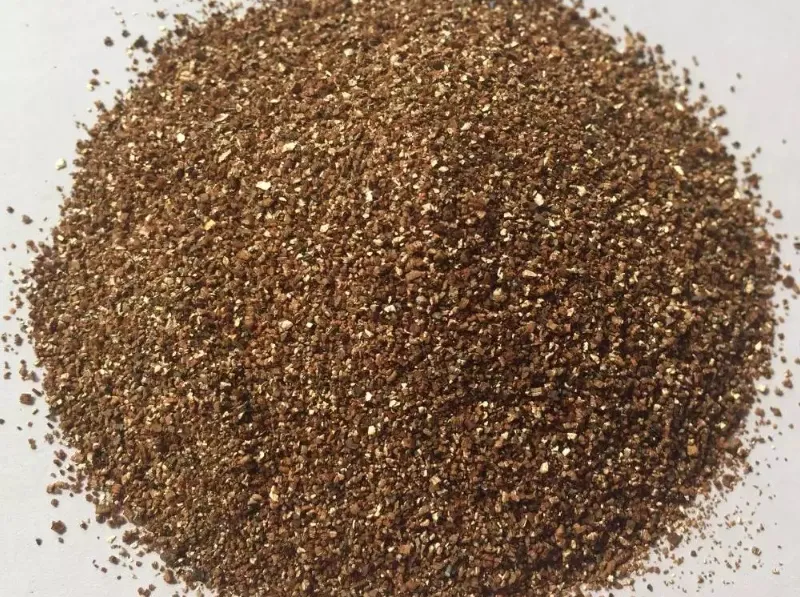
Vermiculite expands to form a fluffy, low-density material with stable chemical properties. It is heat-insulating, soundproof, fire-resistant, cold-resistant, insulating, absorbent, antibacterial, adsorptive, and ion-exchangeable. Vermiculite is used in various functional industrial papers, including art and craft packaging paper, book cover paper, decorative paper, agricultural seedling paper, food packaging paper, military paper, and others.
Sepiolite
Sepiolite has strong adsorption, high temperature resistance (1500–1700°C), good dispersion, corrosion resistance, radiation resistance, and insulation properties. In papermaking, it is used in liquid filtration paper, deodorizing paper, cigarette filter paper, cosmetics paper, sanitary napkin paper, diaper paper, medical paper, high-temperature insulation paper, firework paper, flame-retardant paper, industrial sealing paper, and more.
Diatomaceous Earth
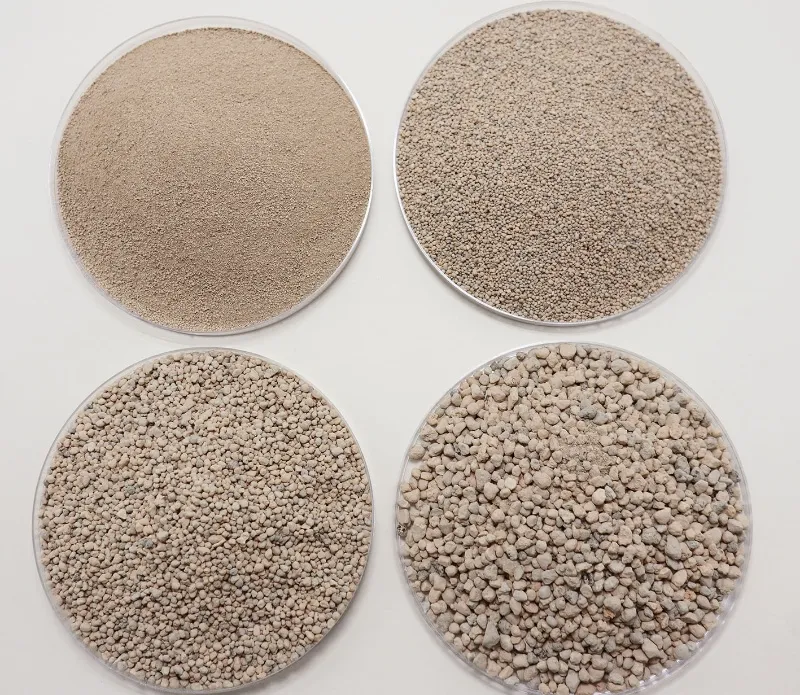
Diatomaceous earth is widely used in papermaking for liquid filtration, sugar and wine filtration, as well as in the production of filter paper and board for the beverage industry. It is also used in construction paperboard, battery separators, high-water-absorbing household paper, flame-retardant paper, pet pads, wastewater purifiers, and other products.
Halloysite
Halloysite are at the industrial development stage. They have low abrasiveness, making them suitable for high-speed paper machines, and offer low production costs. They can improve paper strength (30–60%) and opacity through modification with PVA, APM, or starch-based products. Halloysite also provide better paper softness and smoothness compared to ammolite fillers.
Tremolite
Tremolite is a semi-transparent fibrous material. Its contribution to paper properties is similar to that of wollastonite and halloysite. It provides special technical qualities for use in extrusion, hot-melt coatings, and paper-plastic laminate resins.
Maifanstone
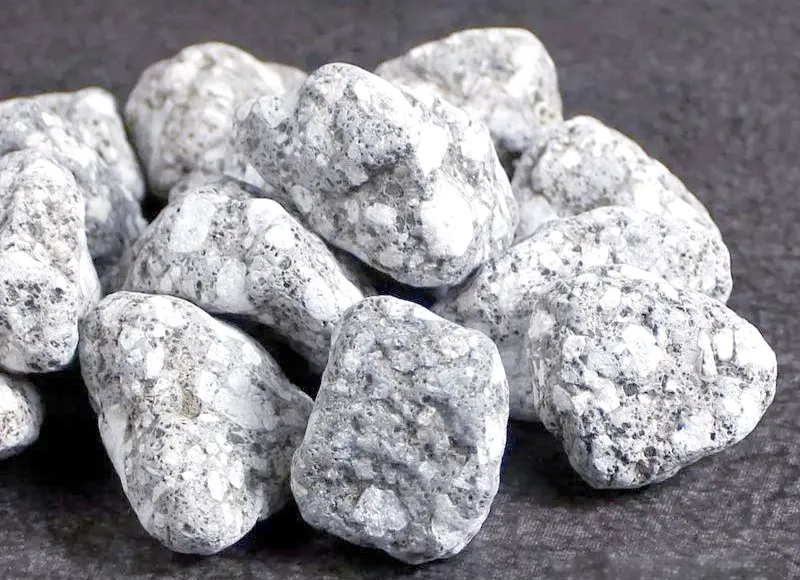
Related research shows that maifanstone has a certain antibacterial effect and is used to make health care and pharmaceutical insole paperboard, food packaging paper and cling film.
High-Temperature Calcined Alumina, Silica Micro-Powder, Garnet, Mullite
These high-hardness powders are primarily used in wear-resistant paper fillers and polishing industrial abrasive paper coatings. The consumption of composite flooring, furniture decoration, and construction paper has increased in recent years. Research into the manufacturing technologies of high-hardness inorganic powders and their development as papermaking fillers is still underway.
Epic Powder
EPIC POWDER, with its advanced grinding equipment and over 20 years of expertise, plays a pivotal role in optimizing the use of mineral fillers in the papermaking industry. Our high-performance ball mills, jet mills, and surface modification equipment enable precise processing and fine-tuning of materials like kaolin, GCC, PCC, and titanium dioxide. By offering tailored solutions for particle size control, dispersion, and surface modification, EPIC POWDER helps enhance the quality, efficiency, and sustainability of papermaking processes. With our cutting-edge technology, we ensure that these essential mineral fillers meet the ever-evolving demands of the paper industry, boosting product performance while reducing costs.
